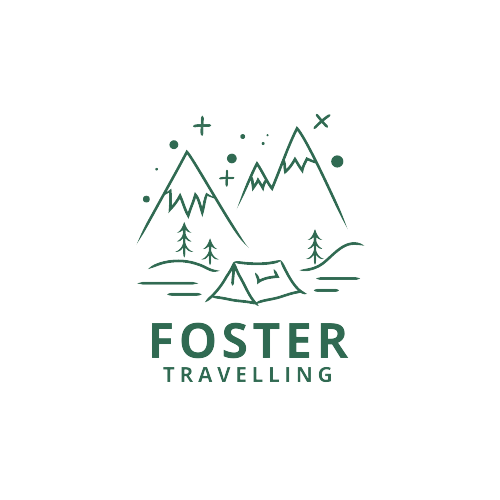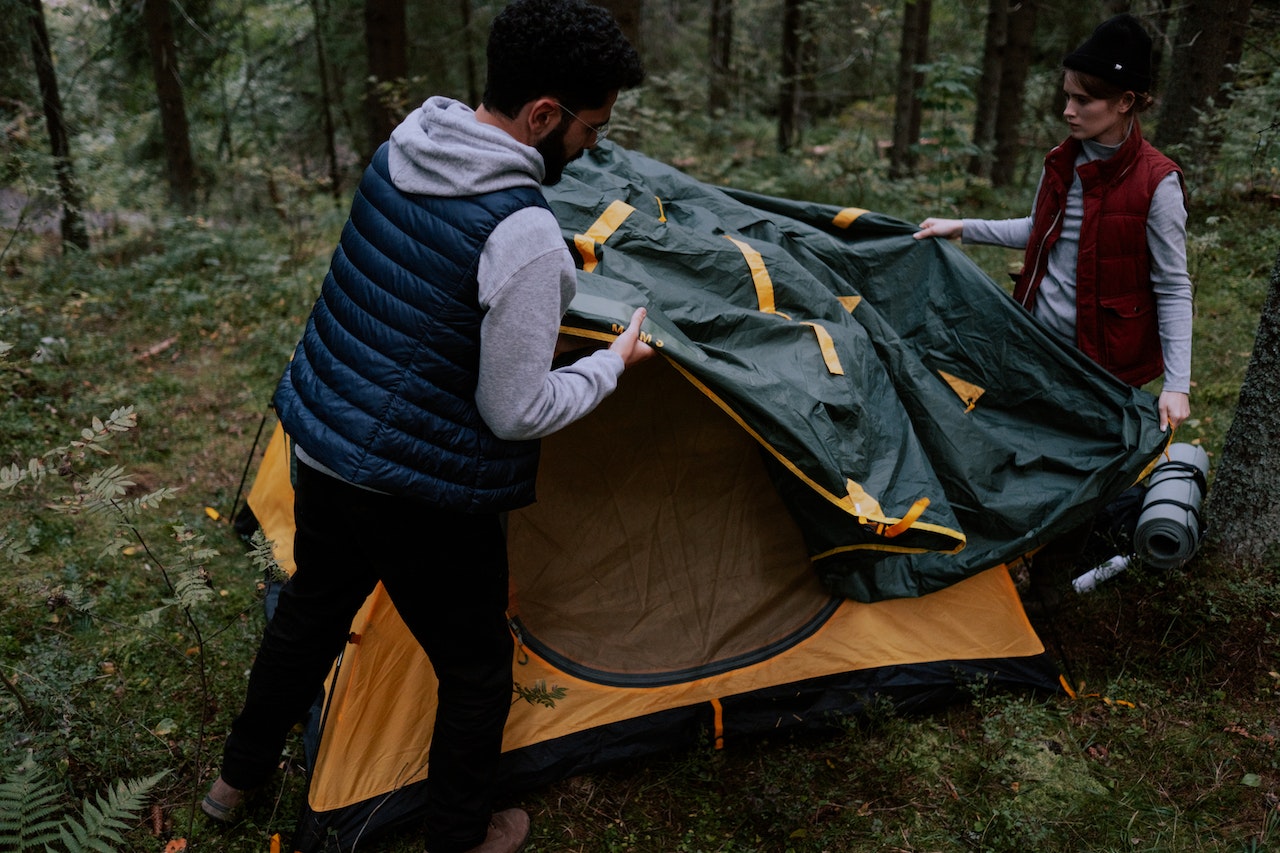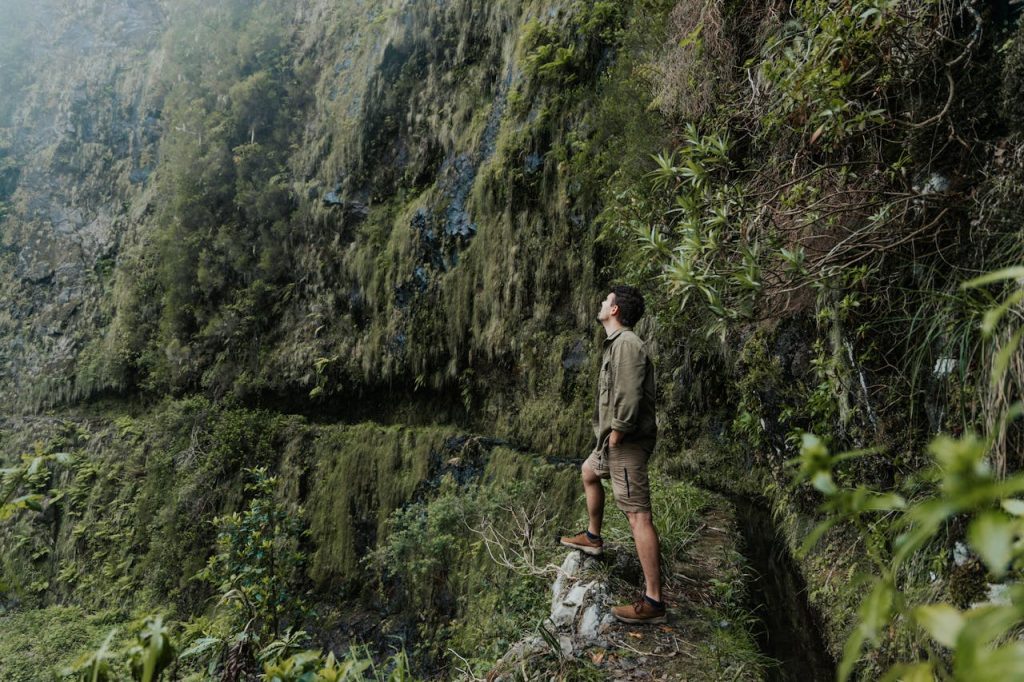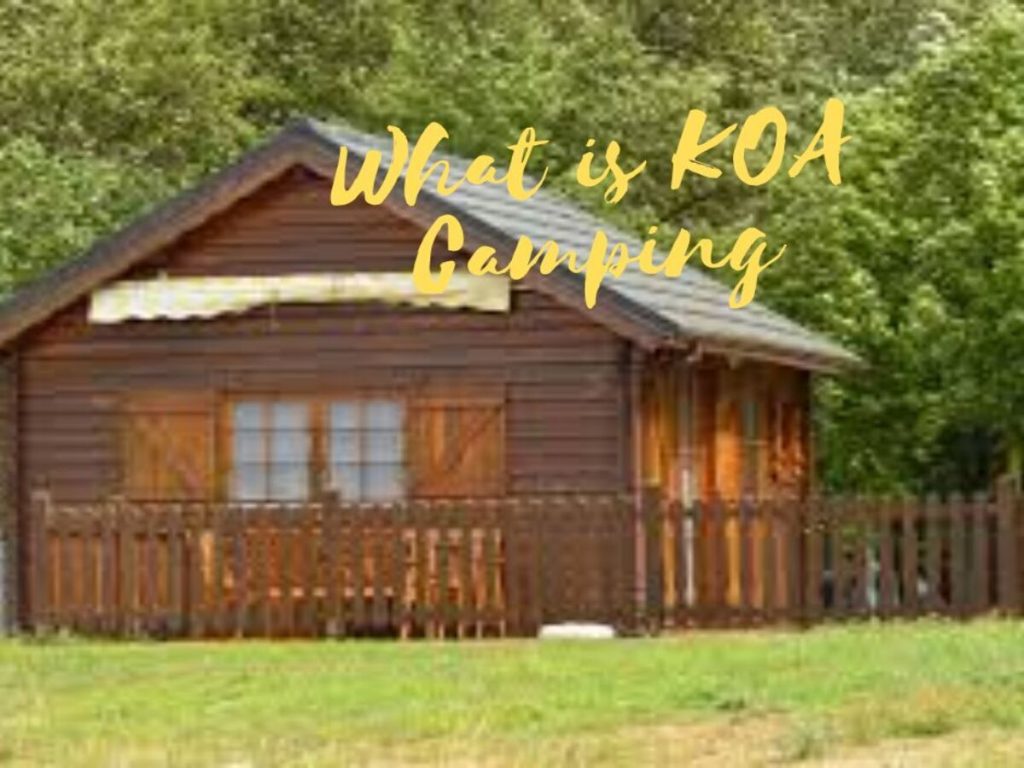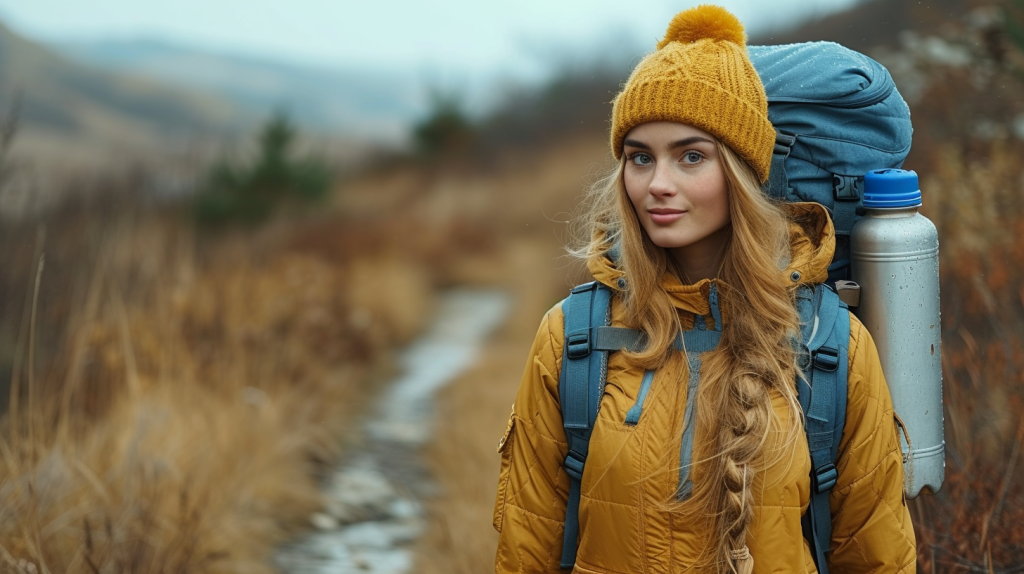Camping is a fantastic way to experience the outdoors, exercise, and spend time with friends and family. If you’re new to camping or just looking for ideas on how to set up your tent, read on for tips and advice. There is no definitive way to set up a campsite, so keep trying to find what works best for you. This post will discuss some of the most popular tent camping setup ideas.
Tent Camping Setup Ideas
Table of Contents
ToggleChoose the Right Tent.
When planning a tent camping trip, choosing the right tent is essential. The tent should be large enough to fit all the campers comfortably and be made from waterproof materials to keep everyone dry. It’s also important to consider the tent’s ventilation.
Poorly ventilated tents can become very stuffy and uncomfortable, especially in hot weather. There are many different tent camping setup ideas, so be sure to research before choosing a tent. You can find the perfect tent for your next camping trip with some planning.
Select the Right Camping Site
When planning a camping trip, one of the most important decisions you’ll make is choosing a suitable campsite. Even if you have the best tent and gear, you will only enjoy your trip if you’re stuck in a cramped, uncomfortable spot. The critical thing to remember when selecting a campsite:
Location:
You’ll want to choose a spot close to the activities you plan on doing. If you’re hiking, for example, you’ll want to be close to the trailhead. If you’re fishing, you’ll want to be near a good spot for fishing.
Size:
Make sure to pick a site that’s big enough for your tent and all your gear. You don’t want to be cramped in a small space with all your stuff.
Shelter:
Look for a spot with natural shelter from the wind or rain. This can be a group of trees, a rocky outcropping, or anything else that will provide some protection from the elements.
Privacy:
If you’re looking for peace on your trip, make sure to pick a campsite not right next to another site. Consider camping in a more remote location if privacy is important to you.
Keeping these things in mind, you can be sure to find the perfect campsite for your next trip. If you put a little effort and planning, you can ensure that your journey is comfortable and enjoyable from start to finish.
Plan your Meals and Snacks
Planning is key to a successful tent camping trip – especially regarding food. Meals and snacks are essential to the camping experience and important things to remember when planning your menu. First, consider how you will be cooking your meals. Using a camp stove, you’ll need to bring fuel, pots, and pans.
To build a campfire, you’ll need to gather wood and kindling in advance. Either way, it’s a good idea to pack some easy-to-prepare food items like trail mix, energy bars, and instant soup. And don’t forget the marshmallows! Secondly, think about how much food you’ll need. It’s better to err on caution and have too much than not enough. Finally, pack any food items that require refrigeration in a cooler. With some planning, your tent camping trip will be a delicious success!
Pack the Essentials
Tent camping can be great fun, spending time with family and friends while enjoying the great outdoors. However, before you head out on your next camping trip, you must ensure you have everything you need. This includes a tent, sleeping bags, a camp stove, and plenty of food and water. You’ll also want to pack some basic first-aid supplies and a flashlight. By filling in the essentials, you can rest assured that you’ll be prepared for anything nature throws.
Stay Safe While Camping.
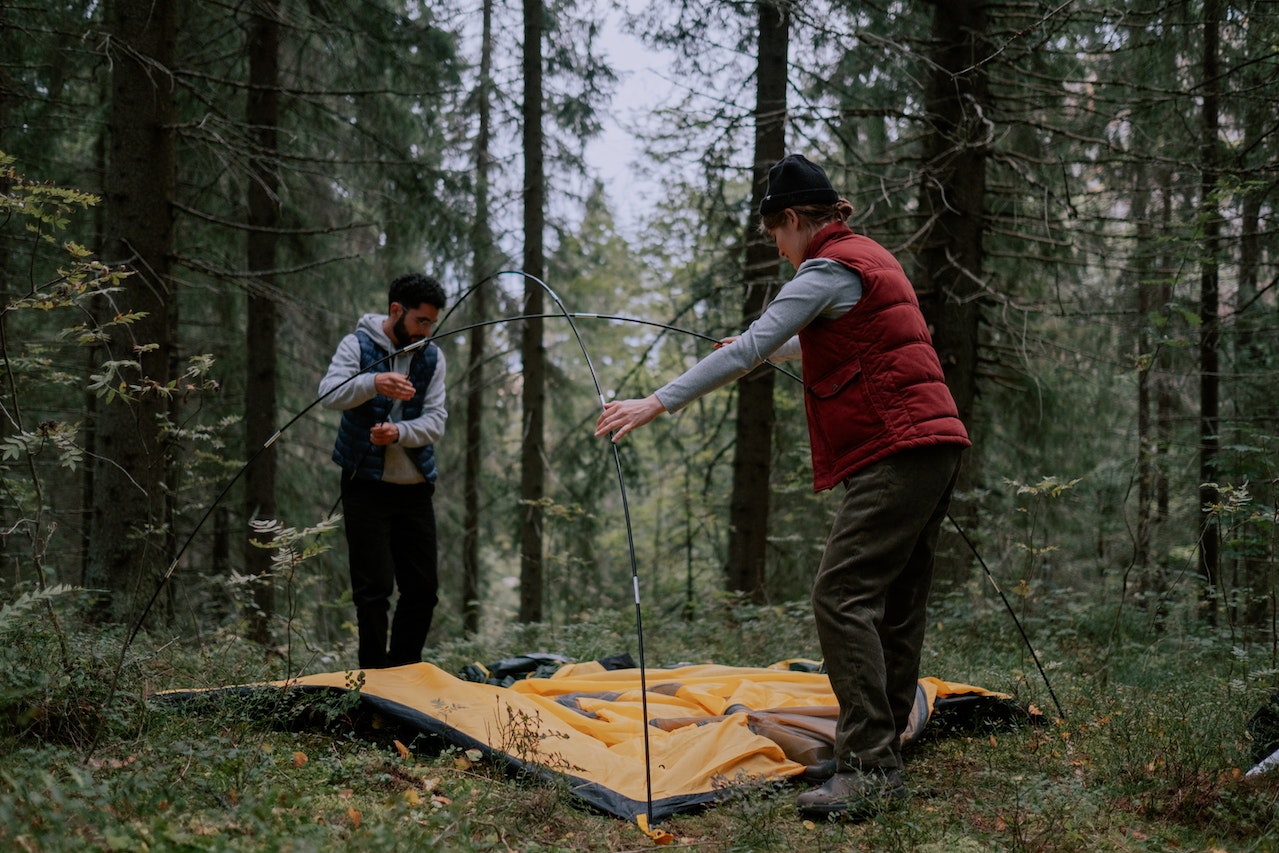
Camping is a great outdoor activity, but it’s essential to be prepared and take precautions to stay safe. Make sure you know the area you’ll be camping in and what hazards to look out for, such as wildlife, poisonous plants, and dangerous weather conditions. Keep essential items like a first-aid kit, a map and compass, a flashlight, and matches when packing for your trip. And remember to pack enough food and water for everyone in your group.
Once you’re at the campsite, take some time to familiarize yourself with the area and set camp in a safe spot away from any hazards. Always be aware and careful of your surroundings and what is happening around you, and if you see any signs of danger, leave immediately. If you follow these tips, you can ensure a safe and delightful camping trip.
Have Fun!
Outdoor activities are immense fun, and tent camping seems complete. You can follow a few things to ensure you have a good time.
First, choose a campsite that is comfortable for you. If you can not sleep on the ground, choose a site with a bit of elevation. This will help you stay warm and dry through the night. Second, make sure you have all the necessary gear with you. A tent, sleeping bag, and camp stove are all essentials. Third, be prepared for the weather. If it is expected to be cold, have enough blankets and clothing to keep you warm.
Finally, relax and have fun! Enjoy the sounds of nature and the peace of being away from city life. Tent camping is an enjoyable experience for everyone involved when it is done right.
Happy camping!
FAQs
What should you not keep in a camping tent?
There are a few items that you should not keep in a tent:
Flammable items:
It would help if you did not keep anything flammable in a tent. This includes things like candles, matches, and lighters.
Food:
Food should not be kept inside a tent, as it can attract animals and pests.
Wet clothing: Wet clothing should not be kept inside a tent, as it can create condensation and make the tent damp and uncomfortable.
Sharp objects:
Sharp objects such as knives or scissors should not be kept inside a tent, as they can damage the tent or injure someone.
Electronics:
Electronics should not be kept inside a tent, as they can be damaged by moisture and heat. If you need to use electronics while camping, it’s best to keep them in a dry and well-ventilated area.
In general, it’s nice to keep the inside of your tent free of clutter and unnecessary items. This will help to keep the tent clean and organized and make it easier to move around inside.
Where should you not pitch a tent?
There are a few places where you should not pitch a tent:
In a low-lying area:
You should avoid pitching your tent in a low-lying area, as it is more prone to flooding.
Near water sources:
You should not pitch your tent too close to a river, lake, or other water source, as you may be at risk of flooding if the water level rises.
Under trees:
Pitching your tent under a tree can be dangerous, as branches or other debris may fall on your tent.
On top of sharp objects:
It would help to not pitch your tent on top of sharp objects such as rocks or sticks, as they can damage the tent or cause injuries.
In a spot with poor drainage:
Pitching your tent in poor drainage spots can lead to standing water and make the ground muddy and uncomfortable.
Generally, pitching your tent in a flat, dry, well-ventilated area free of hazards is a good idea. This will help to ensure that you have a comfortable and safe camping experience.
Should you put something under your tent?
Put something under your tent, as it will help to protect the tent floor from damage and keep you more comfortable while you sleep.
Some options for things to put under your tent include:
A tent footprint:
A tent footprint is a custom-fit piece of material designed to protect the bottom of your tent from wear and tear.
A tarp:
You can place a tarp under your tent to protect the tent floor from moisture and dirt.
A camping pad:
A camping pad, also known as a sleeping pad, can be placed under your sleeping bag to provide insulation and cushioning.
An old blanket or sheet:
An old blanket or sheet can protect the tent floor and provide a layer of insulation.
It is essential to ensure that whatever you put under your tent is large enough to cover the entire tent floor, as this will help protect the tent and keep you comfortable while you sleep.
